Today, using Blurb.com, I completed and ordered a promotional book I put together to gain additional sponsorship for the This Working Life project. (This Working Life is an ongoing documentation of work in photographs sponsored by Jobs Australia). This is it:
In the introduction, I wrote:
The digital data embedded with the photograph on the opposite page shows (photo of painters painting historic building in Hobart) that I released the shutter on this subject at exactly 8:35:12 a.m. on Tuesday 5th of January 2010.
Studying that picture later in the day, it occurred to me that apart from the chemistry of their paint, little had changed in this craft since the subject of their meticulous attention was built almost 200 years ago. The basic elements of skill and co-ordination of hand and eye were exactly the same as when this Georgian shop-front was first built. For the near future at least, these were two craftsmen whose job was unlikely to be overtaken by the digital revolution.
This set me on a train of thought about the changing nature of work and as I pondered this, I decided to direct my energies towards a long-term photographic documentation of modern work in all its aspects.
My working life has now spanned a period of fifty-one years. For forty-eight of those, I’ve pursued the vocation of photographer. When I started out, flash bulbs were about to be replaced by electronic flash. A photographer’s burn calluses on forefinger and thumb from changing hot flash bulbs were still a matter of professional pride.
It’s been nearly ten years since I last loaded a roll of film into a camera. Until around twenty years ago the technology for making photographs had barely changed in the 175 years since it was invented. But then came digital photography and I delighted in the spontaneity and flexibility it brought to my craft. Sentimental nostalgia for the darkroom, or “the good old days” of film is something that still eludes me.
Photographing work for almost half a century, I can recall when ships were unloaded with cargo nets; then came containers, an innovation fiercely resisted by waterside workers who saw their opportunities for a little cargo pilfering evaporating.
My first job was in a bank, at a time when a customer’s account information was still kept on ledger cards. One of the most loathed jobs was updating the interest earned on savings accounts. Here, the highest level of technology employed was the ball-point pen and a mechanical hand-cranked adding machine.
There was a time in the early 1950s when the jobs of parking inspector and lift driver appeared to be the prerogative of disabled war veterans. It was not unusual to see a parking inspector bracing his ticket pad on a peculiarly shiny, tightly leather-gloved, prosthetic hand, while he scribbled. Parking inspectors were invariably male.
Lift operators used to be seated on low stools tucked in the corner of the lift next to the controls. All day, as they rode up and down they would repetitiously announce the products or businesses located on each floor. Some did this work with memorable good cheer. Others did it grudgingly, often failing to hide their resentment at their lot. The lift driver’s affliction was more commonly injury to or amputation of the lower limbs.
Also in the 1950s, I remember milk still delivered by horse and cart and dippered from churns into billy-cans. As a nine-year-old, I vividly recall the huge molars of the milkman’s horse clamping onto my left bicep. You don’t quickly forget the excruciating pain of being chewed by a playful Clydesdale.
Later, when my father retired from the navy, as a second job and a small investment, he bought a milk round. The whole family was expected to turn out in the middle of the night to help. Running, crunching through the hard frost on those neat, unfenced, winter Canberra lawns, with a dozen glass bottles of milk in a steel basket hanging from each hand, was fitness training of the highest order. Oh, how we cheered the introduction of milk in cartons.
I once had an uncle who was a Sydney tram driver. His was just a short walk to work. He lived less than 100 metres from the now long gone, tram depot on Military Road in Neutral Bay. Sydney trams, cargo nets, ledger cards, lift drivers, milkmen, their horses and glass bottles, film and flash bulbs; all gone; or in the case of film, lingering but fitfully.
If it is possible to predict anything, it is that change to our working lives will become ever more rapid and dramatic. Predicting the future has always been difficult, but in attempting to anticipate change, it helps if we know where we have been. This is what this book is about.
Rob Walls
Cascades, Tasmania,
September 2010

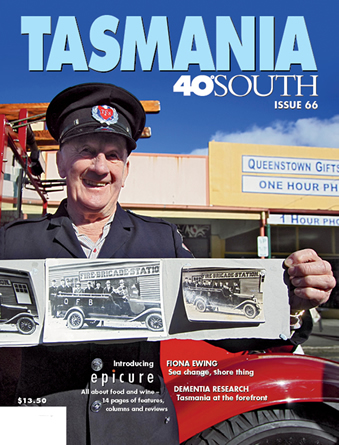
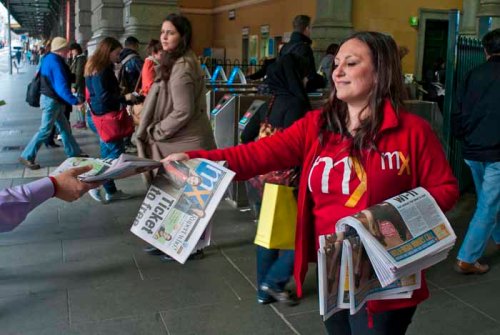
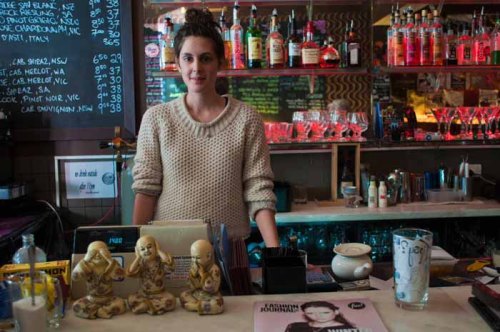
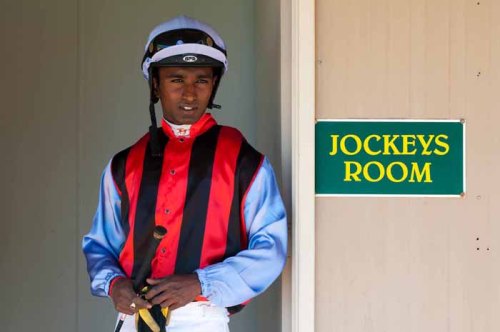
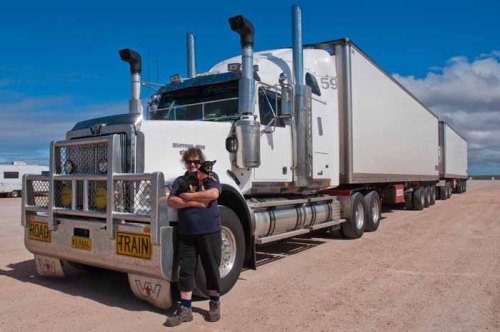
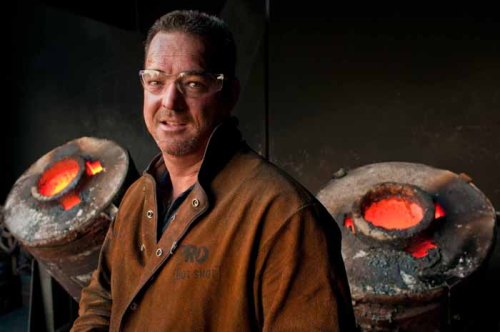
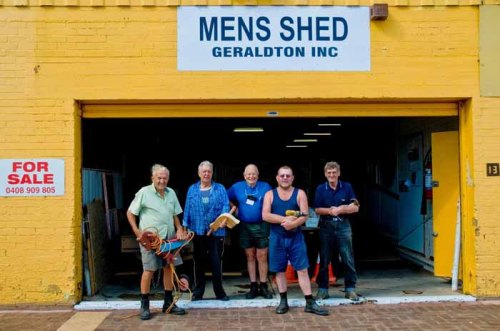
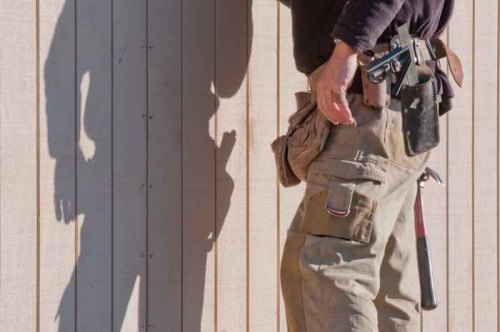
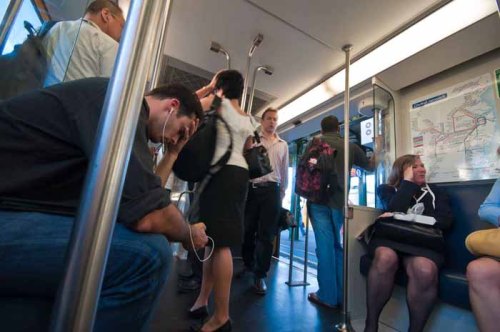
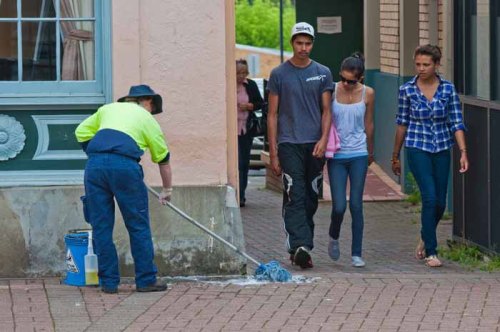
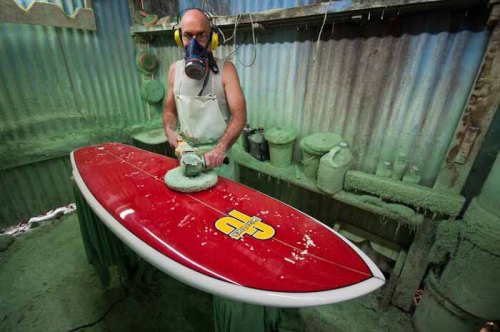
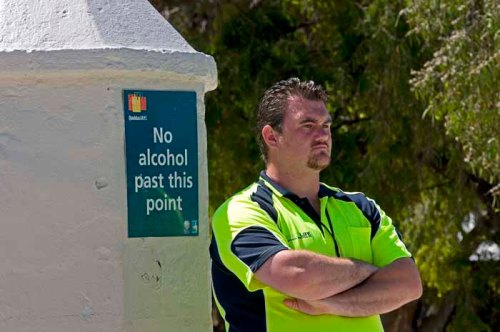
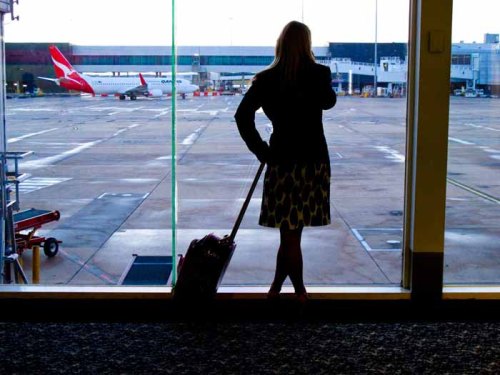
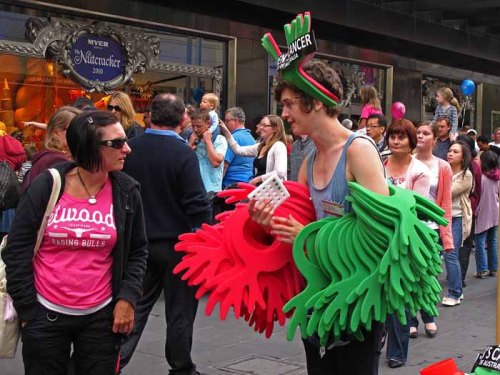


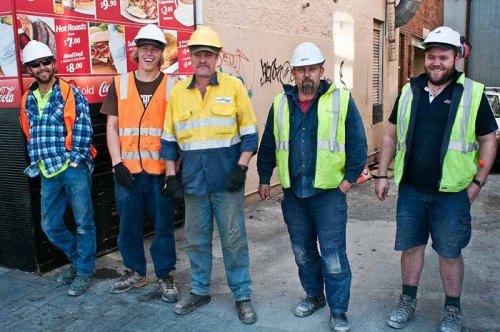
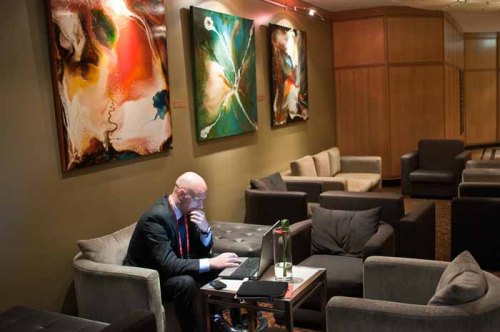

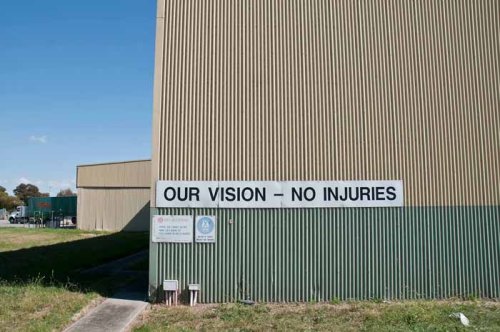
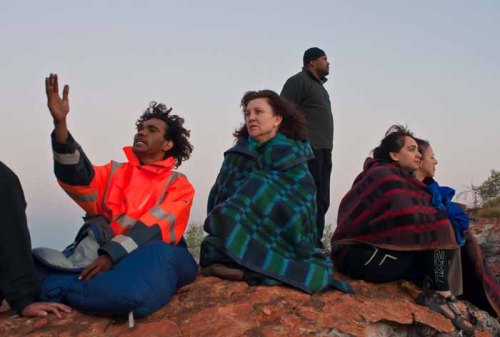
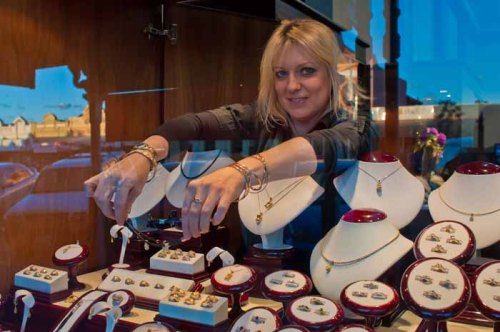
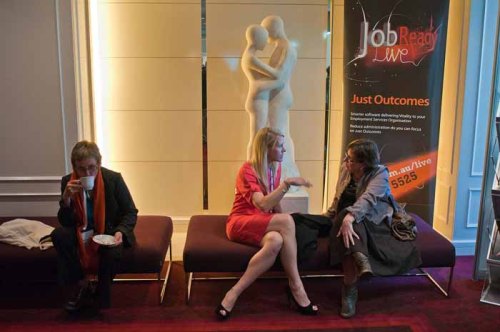
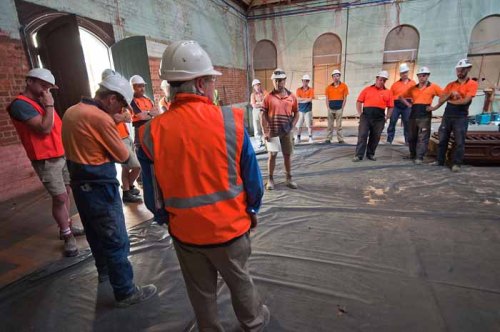

 Tasmanian Times
Tasmanian Times